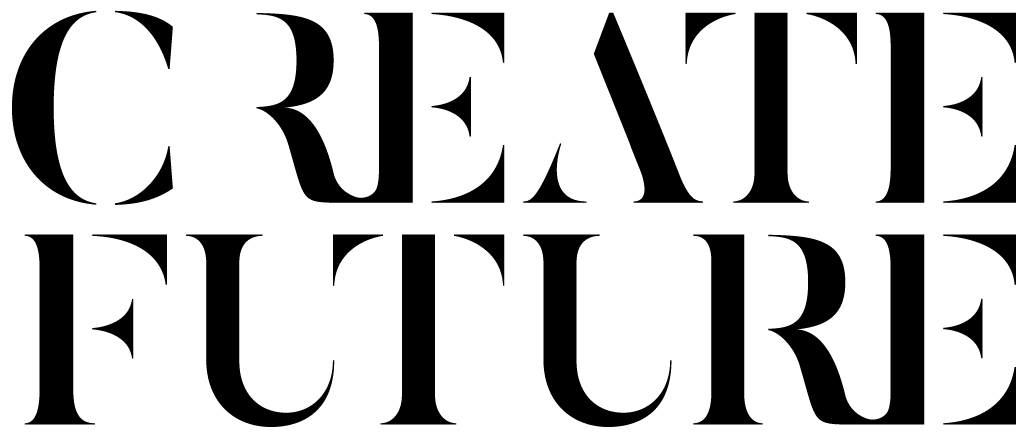Inspiration vs plagiarism
There's a thin line between being inspired by something, and simply copying it.
Great ideas, after all, don't come from thin air. All innovations are a re-framing, a remix or an improvement on what's come before. Looking for useful references is a vital point of the ideation process.
So how can you stay on the right side of that line?
In the 1960's, John Shepperd Barron was a few minutes late getting to the bank. Frustrated at not getting access to his money, he thought he should have the freedom to access his money any time, from anywhere, he set out to invent a solution: the ATM. How did he do it? "I hit upon the idea of a chocolate bar dispenser, but replacing chocolate with cash".
James Dyson - frustrated by the performance of his top of the range Hoover, he spotted the problem, and the opportunity: a bagless vacuum cleaner would be far more effective and efficient. It wasn't until three years later, while buying some wood, that he observed the way a cyclone was used to separate dust from the air in a timber merchants.
In both cases the goal was there before the reference. Both inventors had identified a clear need to be solved.
It's why in the Sprint process, you spend the first day exploring the problem, challenging the brief, empathising with the users and agreeing your goals. Only then do you look for analogous examples, in the form of Lightning Demos, looking at sometimes dozens of references for nuggets of inspiration.
Done in this order, references become useful analogies or vital component parts of a (hopefully), unique creative solution. Despite its simplicity to use, the ATM is hugely complex. It's similarity to a chocolate machine is superficial, but it's a useful analogy, a frame of reference, to help people conceptualise a radical new innovation. The turbines from a timber merchant are interesting starting points when designing a bagless vacuum, but only one part of the solution.
The Sprint process compresses this part of the process into one morning, but it's much better, if you can, to allow a bit of breathing space, to allow time for what cognitive psychologists call 'opportunistic assimilation’ making those seemingly random connections between what's gone before and where you need to be. Hopefully it won't take you three years, as it did in Dyson's case.
So, it's vital to be clear on the problem you're looking to solve from the outset. When you start with the reference, with an “I want one of those mindset”, you run a high risk of being derivative, or worst, simply plagiarising.
This appears to be what's happened recently with Revolut’s recent adverts 'inspired' by Spotify's excellent data-driven creative. By all means use them as a reference (they've popped up in more than one lightning demo session at CreateFuture), but in this case they seem to have been both the start and the end point of the creative process.
So, don't be afraid to copy, remix and improve. Look far and wide for references and keep your mind open, but ensure it's in support of solving something meaningful and creating something new.
Some great reading on this topic includes Steal Like an Artist, Black Box Thinking and Think Like an Engineer.
If you have any feedback or stories to share, please get in touch.
Who are CreateFuture?
We help adventurous brands imagine, explore & create their future.
We apply design thinking to brand, marketing and product innovation, and we do it in a fun, fast and collaborative way.
Get in touch to find out how we can help you create your future.

